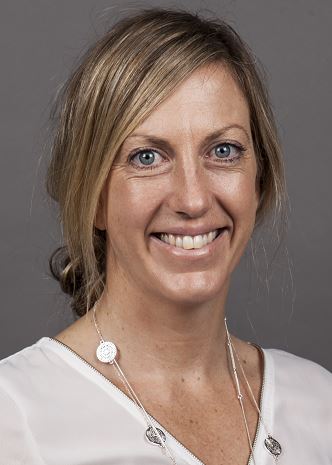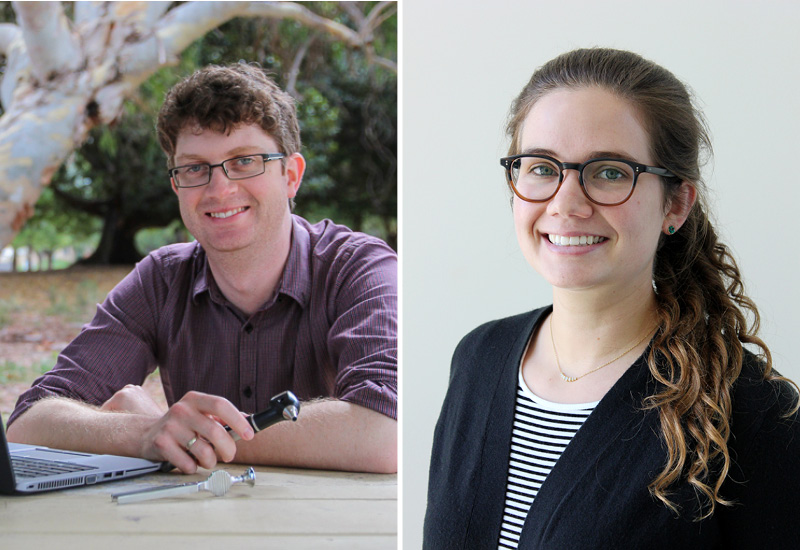Search
Research
Topical antiseptics for chronic suppurative otitis mediaTo assess the effects of topical antiseptics for people with chronic suppurative otitis media
Research
Pcv7-and pcv10-vaccinated otitis-prone children in new zealand have similar pneumococcal and haemophilus influenzae densities in their nasopharynx and middle earPCV10 did not reduce NTHi density in the nasopharynx or middle ear, and was associated with increased pneumococcal nasopharyngeal density
Research
Does mum know best? Should we be vaccinating mothers to protect their babies from ear and lung disease?Elke Lea-Ann Ruth Peter Seppanen Kirkham Thornton Richmond BSc PhD PhD PhD MBBS MRCP(UK) FRACP Program Manager, Bacterial Respiratory Infectious
Research
Panel 4: Recent advances in understanding the natural history of the otitis media microbiome and its response to environmental pressuresAdvances in understanding bacterial dynamics in the upper airway microbiome are driving development of microbiota-modifying therapies to prevent or treat disease
Research
Topical versus systemic antibiotics for chronic suppurative otitis mediaTo assess the relative effectiveness of topical versus systemic antibiotics for people with chronic suppurative otitis media
Research
Aural toilet (ear cleaning) for chronic suppurative otitis mediaTo assess the effects of aural toilet procedures for people with chronic suppurative otitis media
Research
PneuMum: Impact from a trial of maternal pneumococcal vaccination on middle ear disease amongst Indigenous infantsThis study was unable to demonstrate efficacy of 23vPPV in pregnancy against the co-primary outcomes of either all-cause infant ear disease.
Research
Nasopharyngeal carriage of Haemophilus haemolyticus in otitis-prone and healthy childrenHaemophilus haemolyticus is often incorrectly categorized as nontypeable Haemophilus influenzae (NTHI) upon culture. PCR analyses of 266 NTHI-like nasopharyngea


News & Events
The Kids researchers named as finalists in 2020 Premier’s Science AwardsTwo The Kids Research Institute Australia researchers have been named as finalists in the 2020 Western Australian Premier’s Science Awards.
